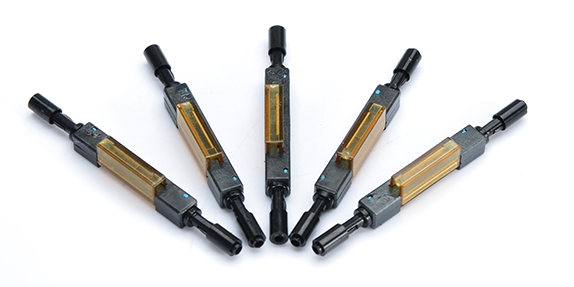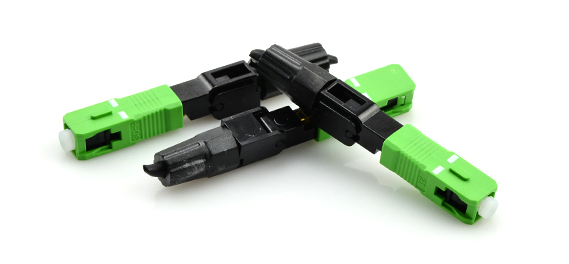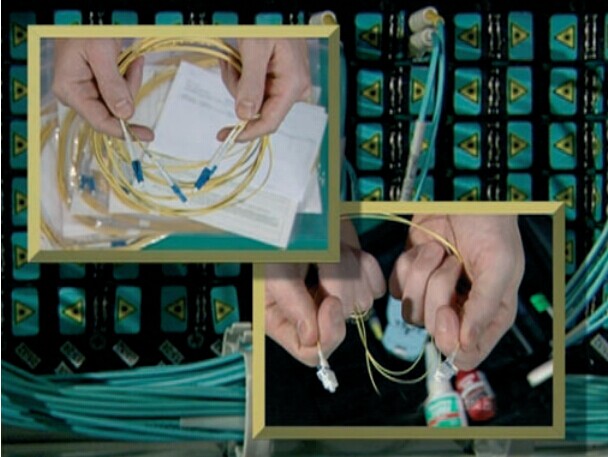Fiber optic cables and connectors are necessary components of current telecommunication systems which are transmitting greater information at faster speeds. As we all know, when appropriate optical cables have been selected for a system, connectors and termination method also should be taken into account to meet the system requirements. This article mainly explores several considerations for fiber optic termination and how different optical termination methods impact the performance of telecommunication systems.
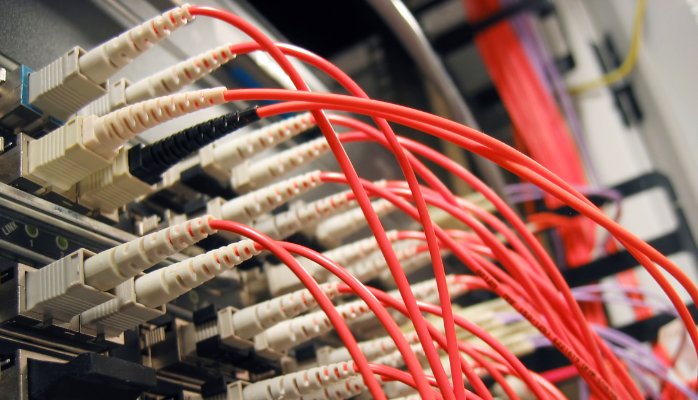
Fiber optic cabling systems support various communications technologies like Gigabit Ethernet, local area networking (LAN) and CATV (community access television). No matter what types of networks it supports, the communication devices have a limitation for maximum channel insertion loss measured in units of decibels (dB). Optical fiber channel insertion loss usually occurs when an active transmitter is linked to an active receiver via terminated fiber optic cables, splicing points and fiber optic connectors. The quality of fiber optical links’ terminations has an impact on the channel insertion loss. Poor quality terminations often cause more loss than high-performance terminations. An optical system will fail due to excessive insertion loss.
Return loss is the power of the optical signal that returns towards the optical source against the direction of signal propagation, which is mainly caused by Fresnel reflections and Rayleigh back scattering. Communication systems can be impaired by an excessive amount of reflected optical power, which could alter the transmitted signal to an extent that is not the power level received by the receiver. Generally, components like connectors and mechanical splices are specified as reflectance, and system sensitivity is specified as return loss.
Nowadays various fiber optic connectors are available such as LC, SC and MTP connector, so are termination methods existing for different connector types. Common termination methods include no-epoxy-no-polish (NENP) connector, epoxy-and-polish (EP) and splicing.
NENP connector is a type of connector that does not require the use of epoxy or polishing in the field, because those processes have been finished when the connector is made. This type of field termination is the fastest and simplest for a new installer to master. Compared with those connectors terminated in the field, the termination process (polishing the fiber end-face) of NENP connector is accomplished in advance in a manufacturing environment, which provides insurance for the fiber optic termination quality.
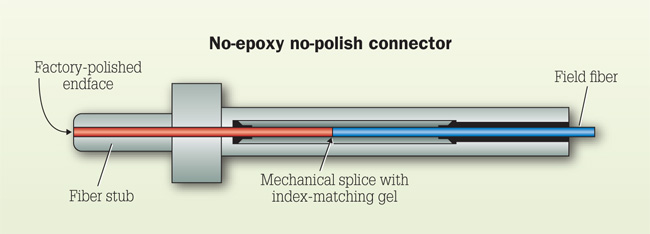
Another common termination method is to use epoxy and polish connectors. EP fiber termination includes the following steps: injecting the connector ferrule with epoxy, curing, scribing the protruding fiber from the ferrule, and polishing the ferrule end-face. During this termination process, two situations may affect the termination quality. One is the bubbles that occur in the epoxy. Another is the debris that may appear in the ferrule. Besides, the quality of the polished end-face also can directly impact both the insertion loss and reflectance.
Pigtail splicing is another method used to terminate an optical fiber. This method is achieved by fusing the field fiber to a factory-made pigtail in a splicing tray. The person who has some experience of pigtail splicing must know pigtails should be cleaned and cleaved before they are spliced, and the cleave precision significantly impacts splice quality.
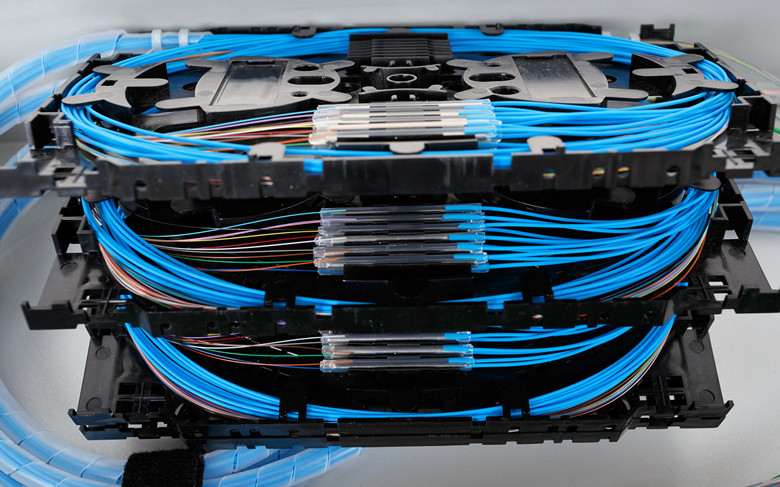
Different fiber optic termination methods vary amounts of insertion loss and reflectance. The epoxy injection and subsequent polishing process are the most critical steps during optical terminations that determines the magnitude of air gap at a connector interface. Factory-controlled manufacturing processes ensure consistent optical performance. Field epoxy and polish procedures produce connector end-face conditions that vary among installation techniques. However, no epoxy-no-polish connectors and pigtails are not only manufactured with precise and repeatable polishing process, but insertion loss and reflectance are measured for every connector.
To ensure that epoxy and polish connectors meet specified optical performance established by industry standards, both insertion loss and reflectance must be measured after fiber is terminated. In a word, the proper optical fiber termination method should be chosen to ensure easy system installation as well as meet required insertion loss and reflectance values prescribed by either industry standards or link loss budget, or both.
Related article: Brief Introduction to Fiber Optic Termination


